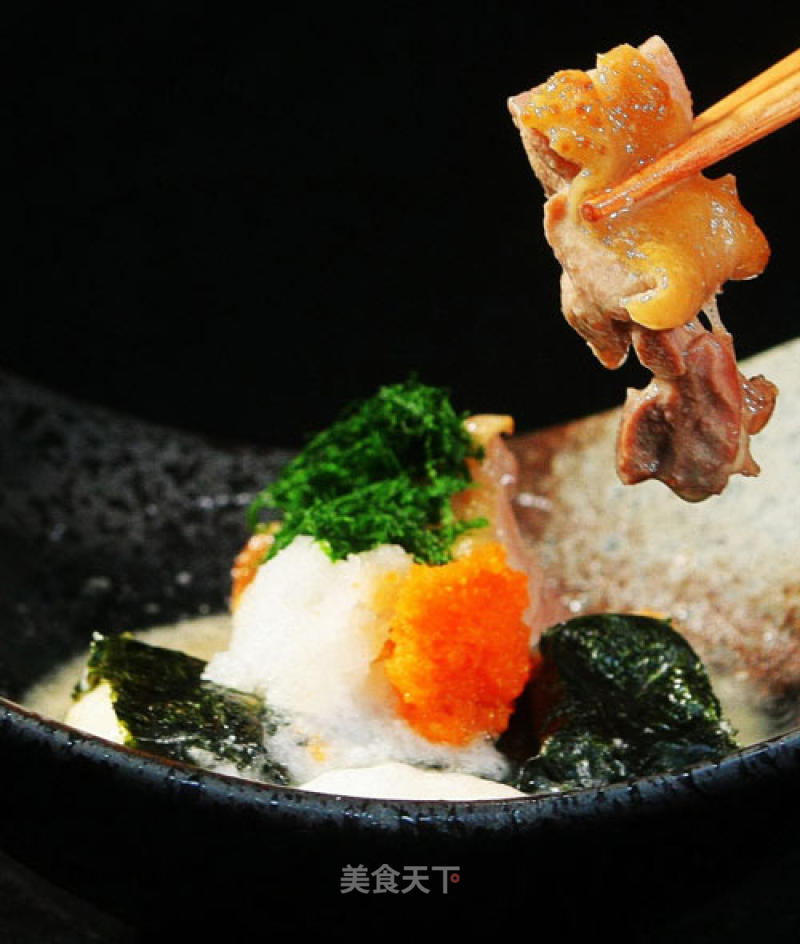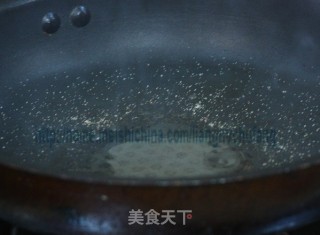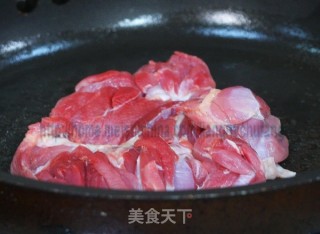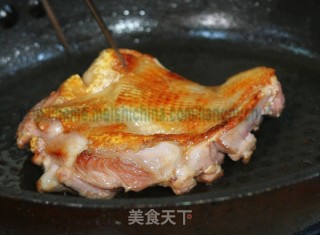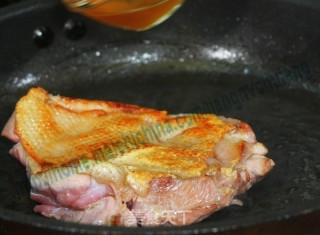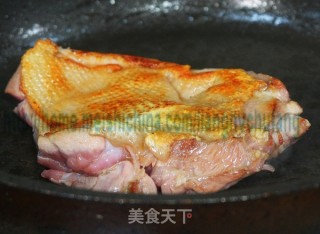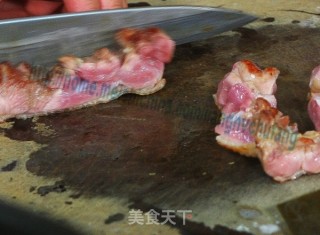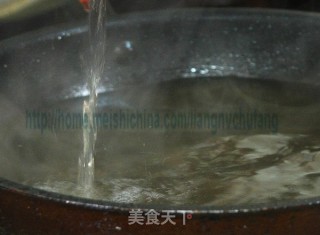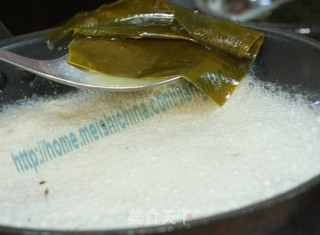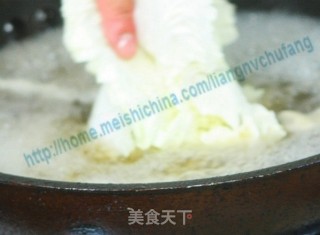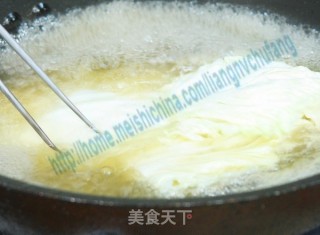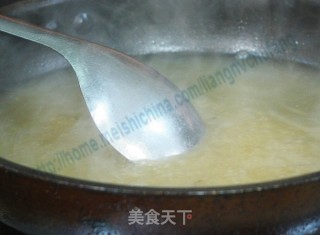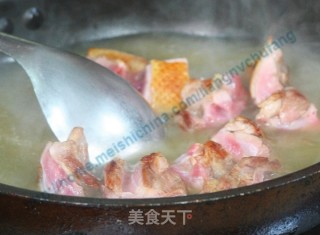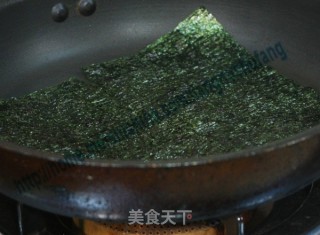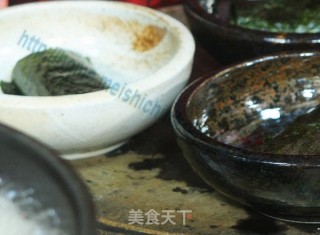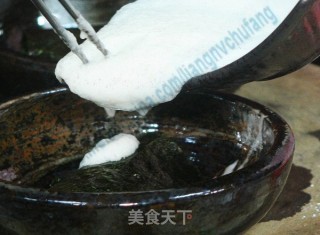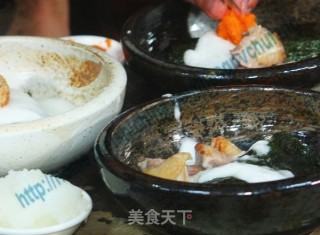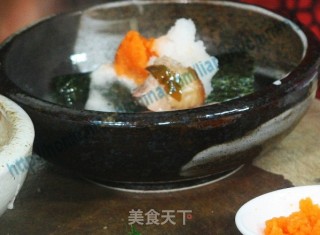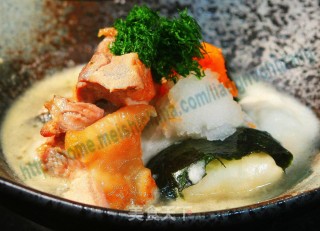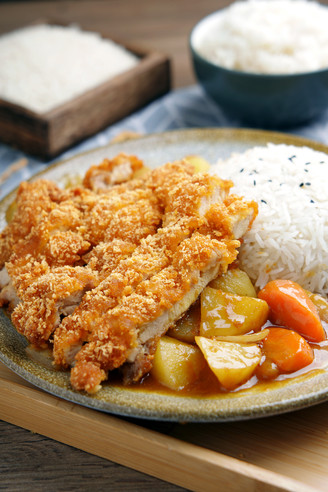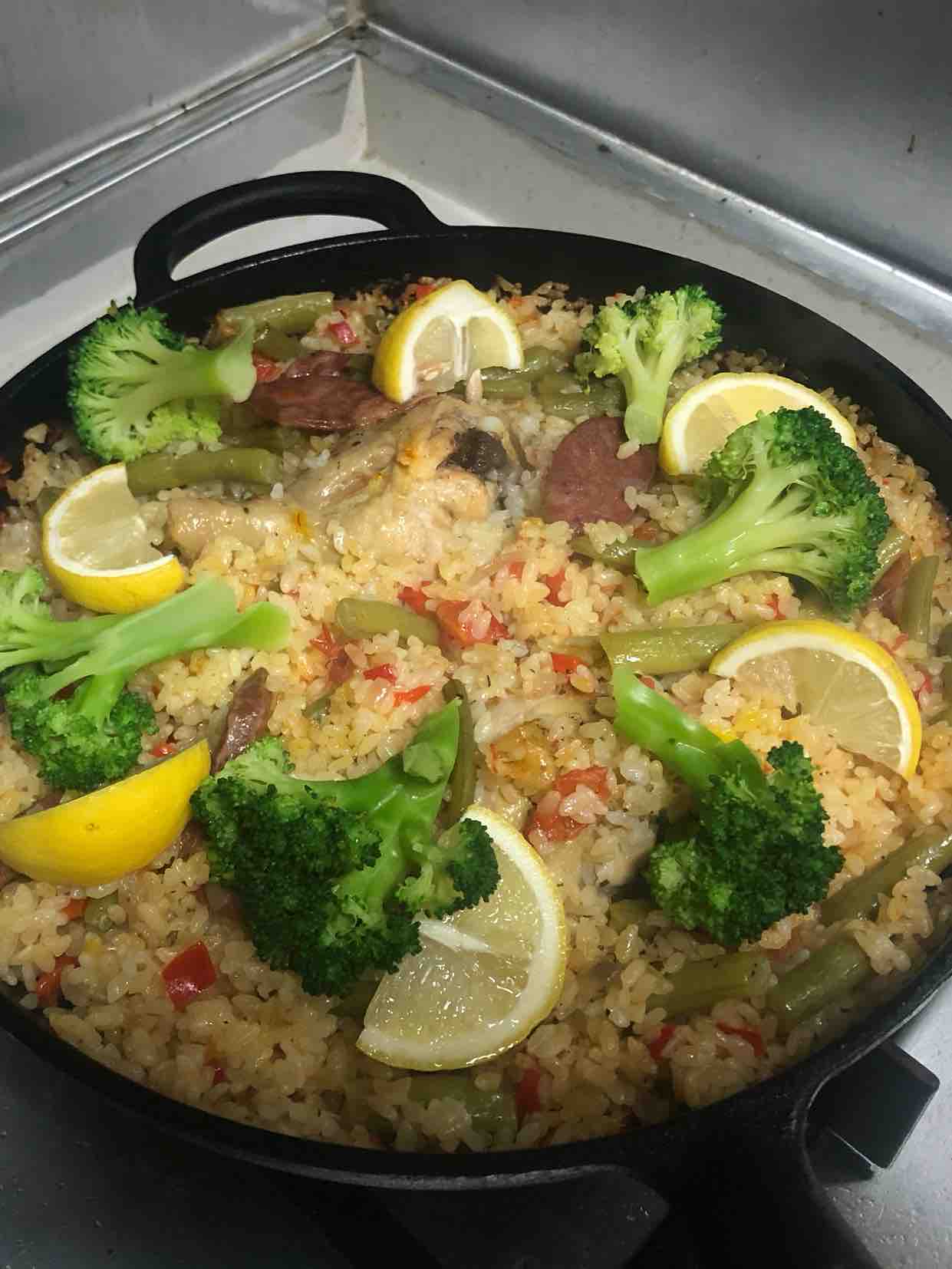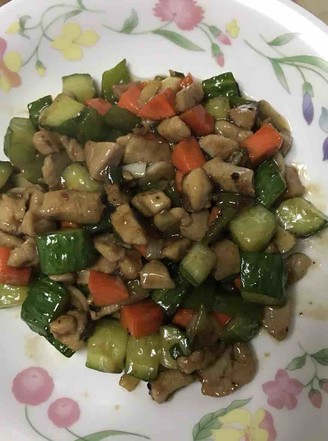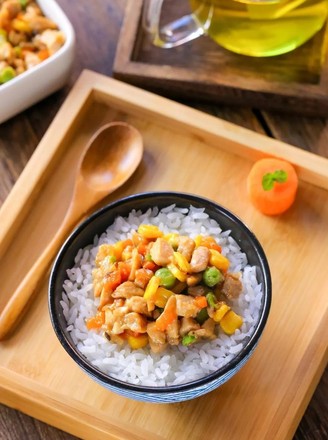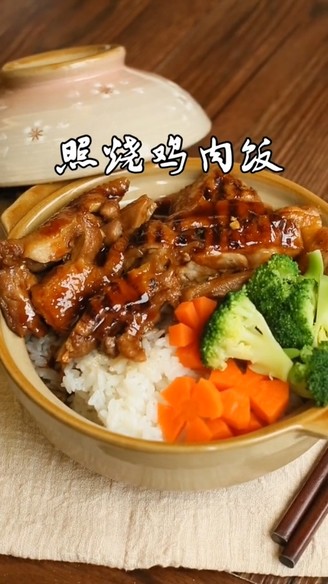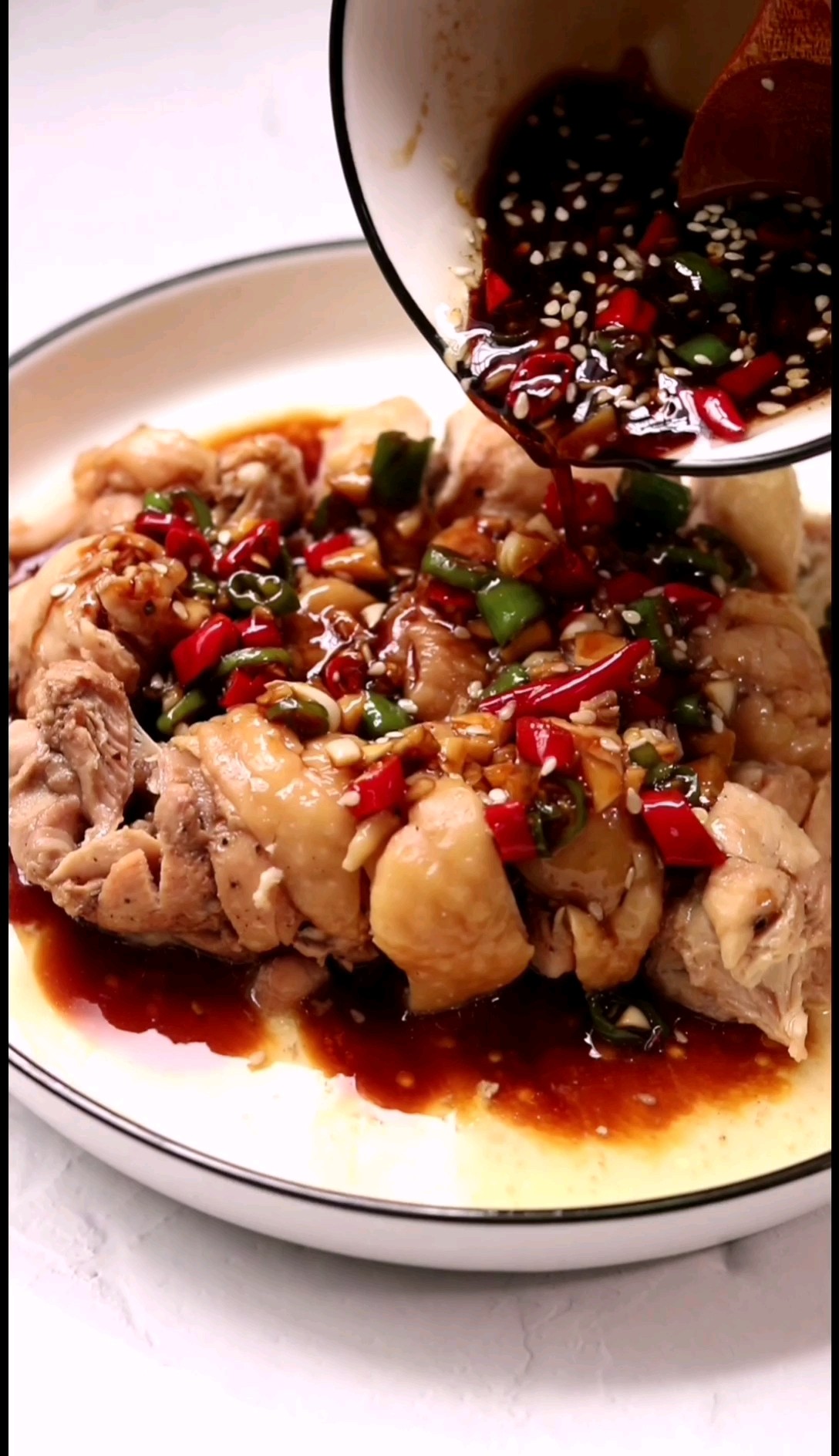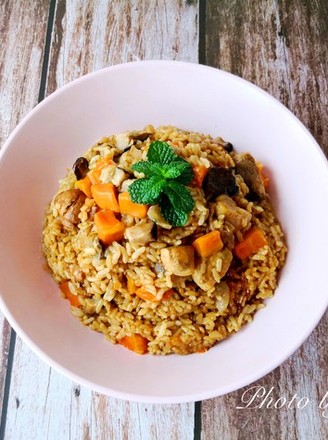Japanese Style Mochi Soup
by Pretty girl kitchen
Favorite
Difficulty
Normal
Time
1h
Serving
2
Japanese-style soup has first bowl, namely clear soup, pre-meal soup, which is clear and bottomless, and has a light taste; there are also boiled dishes, which are mixed boiled and stewed, which are generally more than two kinds of seasonal vegetables, plus katsuobushi broth and light soy sauce. , Sake, boiled over low heat and softened, each boiled separately to keep its original taste, and then prepare other dishes, the taste is very light, sweet and delicious, this cooking method comes from Kansai, different from Kanto, it is not often said Kanto cooking.
This soup is the soup that will be cooked during the New Year in Tokyo in Kanto, so it is the osechi.
Osechi OSECHI is the abbreviation of osechiku. In the first month of the new year, the food that has been decided since ancient times is to be offered to the gods. Then enjoy the offerings that have been removed, and thank the gods for their grace.
The current style of Osechi (OSECHI) began to evolve in the late Edo period. Since the late Edo period, the life of the people of Edo has become richer, and various things have been added to the New Year’s meals, but the meaning and reason for osechi is the same, that is, it can enrich the life of the New Year. Pray God bless the prosperity of the family.
No matter how far away the family members are, take down the offerings to the gods in the New Year, share the food with everyone, and bless the New Year. The same goes for Japan and other countries. Family gathering in the New Year, looking back on the past year and looking forward to the new year, drinking wine and eating feast. "
This soup is the soup that will be cooked during the New Year in Tokyo in Kanto, so it is the osechi.
Osechi OSECHI is the abbreviation of osechiku. In the first month of the new year, the food that has been decided since ancient times is to be offered to the gods. Then enjoy the offerings that have been removed, and thank the gods for their grace.
The current style of Osechi (OSECHI) began to evolve in the late Edo period. Since the late Edo period, the life of the people of Edo has become richer, and various things have been added to the New Year’s meals, but the meaning and reason for osechi is the same, that is, it can enrich the life of the New Year. Pray God bless the prosperity of the family.
No matter how far away the family members are, take down the offerings to the gods in the New Year, share the food with everyone, and bless the New Year. The same goes for Japan and other countries. Family gathering in the New Year, looking back on the past year and looking forward to the new year, drinking wine and eating feast. "

